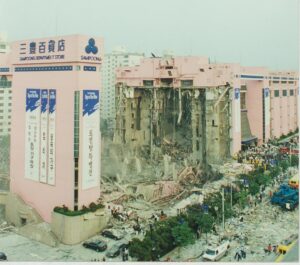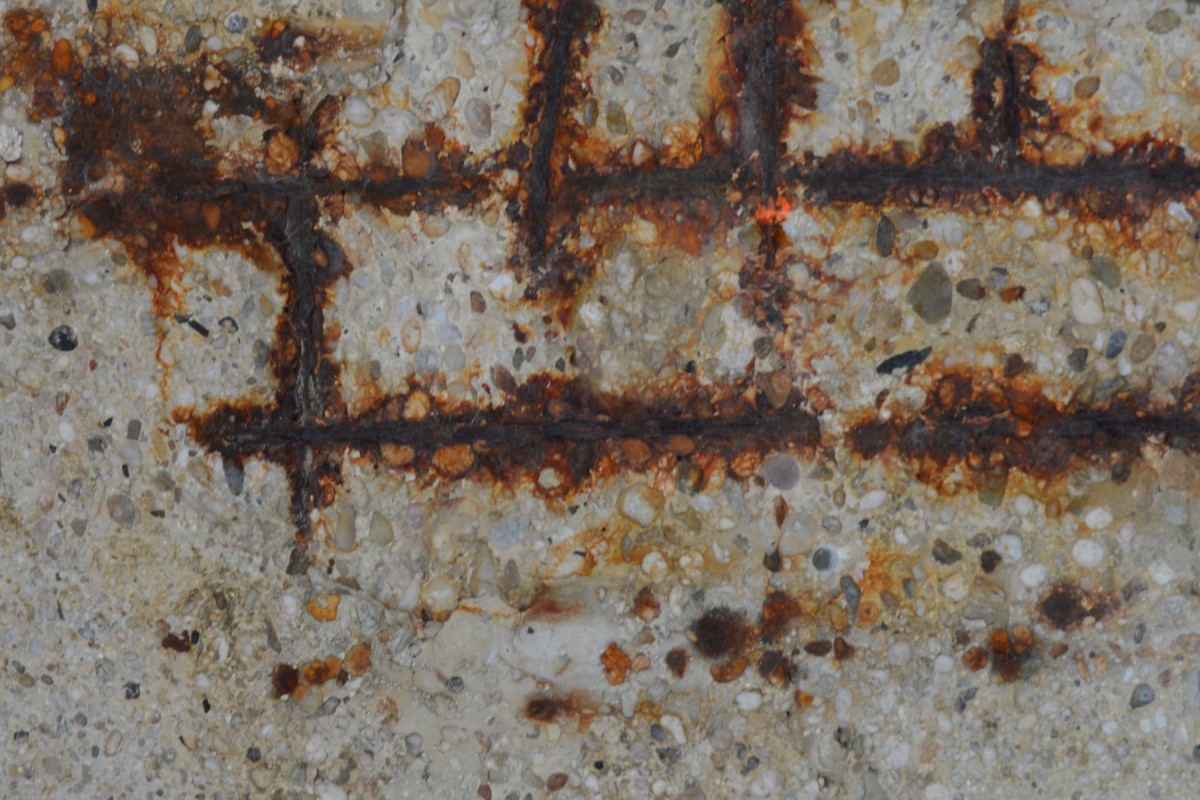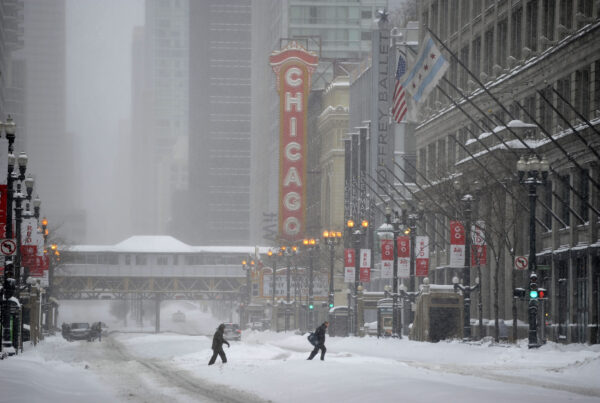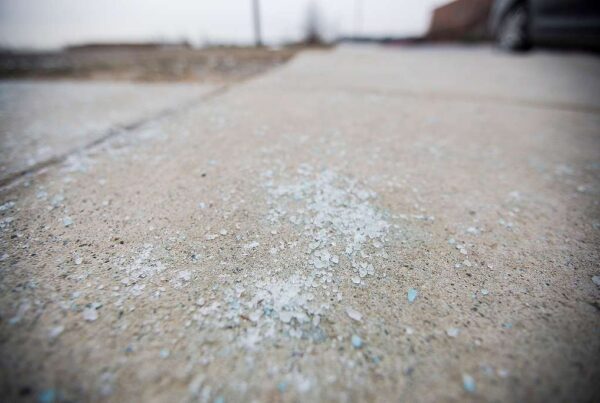Corrosion in concrete structures is a critical issue that can significantly impact the safety and longevity of buildings. This post explores the causes of concrete corrosion, its visible signs, and the potential impacts on structural integrity.
Causes of Concrete Corrosion
Concrete corrosion typically occurs when concrete is exposed to harmful environmental conditions or when it is improperly mixed. High moisture content, de-icing salts, and other chemicals can penetrate the concrete, leading to internal deterioration. Two common types of concrete corrosion include:
- Carbonation: This process involves the reaction of carbon dioxide from the atmosphere with calcium hydroxide in the concrete, reducing its alkalinity and allowing rusting of embedded steel.
- Chloride Attack: Chlorides, often from de-icing salts or marine environments, can penetrate the concrete and react with the steel reinforcement, causing rust and expansion.
Visible Signs of Concrete Corrosion
Corrosion in concrete is not always immediately visible, but several signs can indicate underlying issues:
- Surface Cracking: Cracks on the surface of the concrete may suggest internal corrosion or deterioration.
- Efflorescence: A white, powdery residue on the concrete surface can indicate moisture-related issues and potential corrosion.
- Water Staining and Pitting: Discoloration and small holes in the concrete surface can be signs of internal corrosion.
Impact on Structural Integrity
Corrosion can significantly affect the structural integrity of concrete elements. When corrosion occurs, it weakens the bond between the concrete and steel reinforcement. This can lead to:
- Reduced Strength: The overall load-bearing capacity of the structure decreases.
- Further Cracking: Existing cracks may widen, and new cracks may develop.
- Potential Collapse: In severe cases, the structural integrity may be compromised, leading to safety risks.
Mitigation and Prevention
Preventing concrete corrosion involves:
- Regular Inspections: Routine checks can help detect early signs of corrosion.
- Protective Coatings: Applying sealants and coatings can protect the concrete from moisture and chemicals.
- Proper Drainage: Ensuring good drainage helps minimize water exposure.
Famous Examples of Building Deterioration Due to Concrete Corrosion
Concrete corrosion has led to the deterioration of many notable structures, some of which have experienced catastrophic failures or required extensive repairs. A particularly tragic example is the Sampoong Department Store in Seoul, South Korea.
Sampoong Department Store, Seoul, South Korea

The Sampoong Department Store collapse in 1995 is a significant incident where concrete deterioration played a critical role. Although the primary cause was structural overloading and poor construction practices, concrete corrosion contributed to the weakening of vital structural elements. Over time, the building’s concrete columns developed cracks, and the steel reinforcement within them corroded due to water infiltration. Unfortunately, these issues were overlooked during maintenance checks. On June 29, 1995, the building tragically collapsed, resulting in the loss of 502 lives. This disaster starkly highlights the importance of addressing concrete corrosion and maintaining rigorous safety standards in building maintenance.
By understanding the causes, signs, and impacts of concrete corrosion, building owners and maintenance professionals can take proactive steps to maintain the safety and longevity of their structures.




